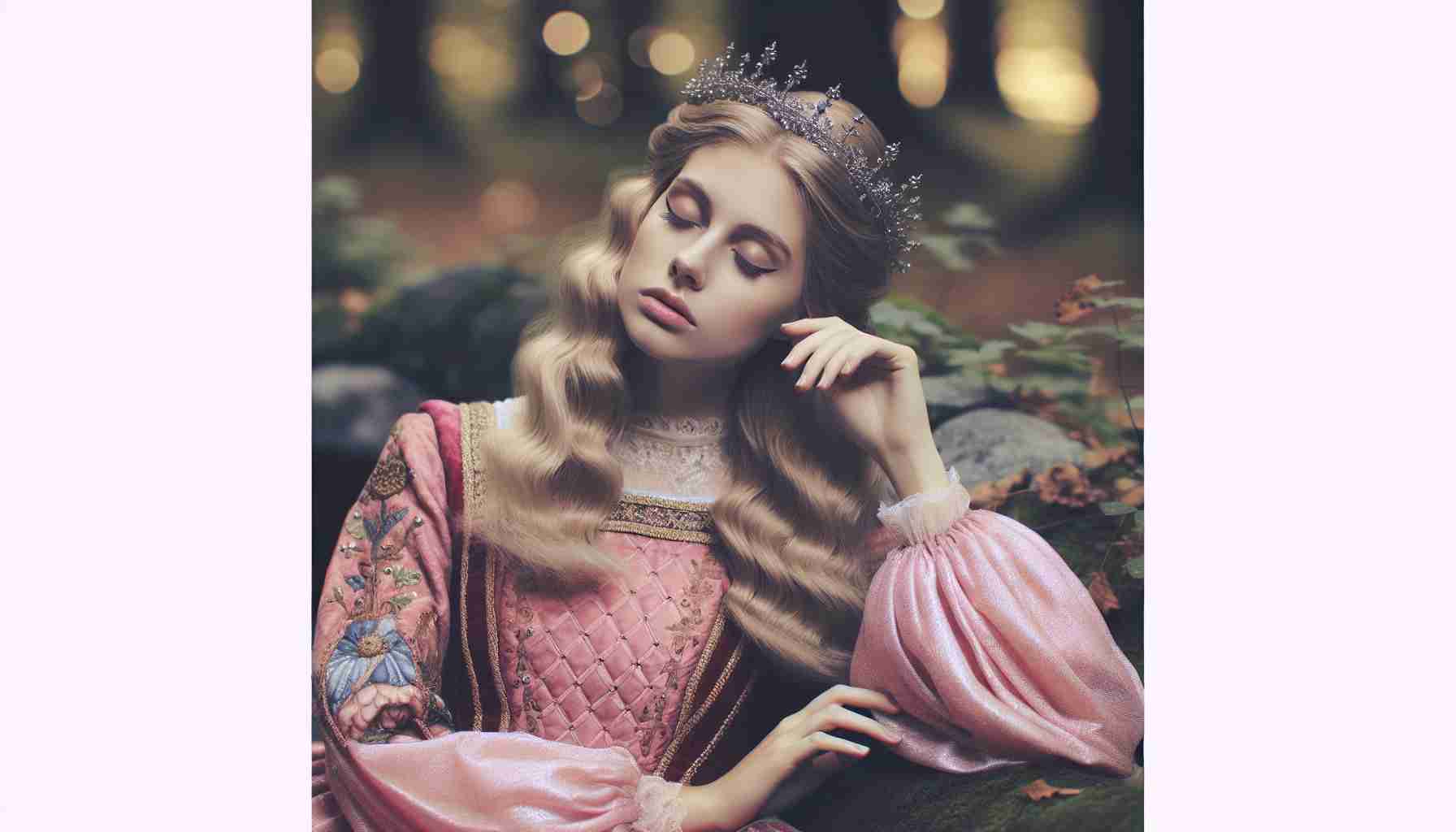Taking a beloved fairy tale character from the classic animated pages and breathing life into her, artificial intelligence (AI) has achieved a striking feat. It has brought the iconic Sleeping Beauty, also known as Princess Aurora, into the real world with astonishing life-like qualities.
The enduring tale of Sleeping Beauty transcends generations, having been told orally before being immortalized in writing by authors such as Charles Perrault and adapted further by the Brothers Grimm. The story gained even greater popularity with the release of Walt Disney’s animated film in 1959.
This fairy tale recounts how Aurora, cursed by an evil prophecy, falls into a deep slumber, only to be raised unwittingly by three good fairies named Flora, Fauna, and Merryweather. Despite their efforts to shield her, destiny leads Aurora, who grows up as Briar Rose, to meet Prince Phillip, igniting a timeless romance. Upon discovering her royal heritage, Aurora returns to the castle, setting the stage for the prince’s heroic confrontation with the sorceress Maleficent.
Imagining Aurora with AI’s assistance: Although traditionally depicted in animated form, advances in AI and digital tools such as Photoshop and Midjourney have made it possible to envision her as if she was indeed a real person. The concept of Aurora with human features has become a sensational topic across social media platforms, showcasing the exciting intersection of technology and creativity.
Through the combination of storytelling charm and technological innovation, audiences can now envisage what once seemed impossible: a Sleeping Beauty who seems to step right out of her fairytale and into our reality.
AI Technology’s Role in Visual Realism and Character Creation: Advanced AI technologies, such as Generative Adversarial Networks (GANs) and Deep Learning algorithms, have been pivotal in creating hyper-realistic images of fictional characters. By using vast datasets of human faces, AI can now generate new images that inherit features from these datasets, potentially breathing life into iconic characters like Aurora. This achievement not only showcases AI’s ability to create compelling visuals but also explores the boundaries between fantasy and reality.
Key Questions and Answers:
– How does AI create lifelike images of fictional characters?
AI usually employs techniques like GANs, where two neural networks, a generator, and a discriminator, work against each other to create highly realistic images. The generator attempts to make new images, while the discriminator evaluates their realism.
– What are the challenges associated with this technology?
One of the challenges is the ethical concern of deepfakes or creating realistic images of people who never consented to or were aware of their digital portrayal. Additionally, questions about the originality and copyright issues arise when AI recreates known characters.
– Could these AI-created images lead to new forms of storytelling?
Yes, AI-generated images can inspire creators to develop innovative narrative techniques and multimedia experiences that blend traditional storytelling with cutting-edge technology.
Advantages and Disadvantages:
The use of AI to reimagine characters like Aurora provides numerous advantages. For one, it can enhance storytelling by offering a new perspective on classic tales. It also demonstrates the power of AI in creative fields and can be an invaluable tool for artists and animators.
On the other hand, there are disadvantages to consider. The rise of realistic AI-generated images can lead to ethical and legal complications, such as the unauthorized use of someone’s likeness and the potential for deepfakes. There’s also the loss of human touch in art, as some might argue that the intervention of AI detracts from the authenticity of human creativity.
If you’re interested in learning more about AI and its applications, you can visit the following links for further information:
– Open Source Initiative: For resources related to the software and technologies often used in AI.
– NVIDIA: As leaders in AI hardware, they provide various resources related to AI and deep learning.
– IBM: Their AI and cloud computing services offer insights into the professional application of AI technologies.
– DeepLearning.AI: Provides education and research in the field of AI with a focus on deep learning.

